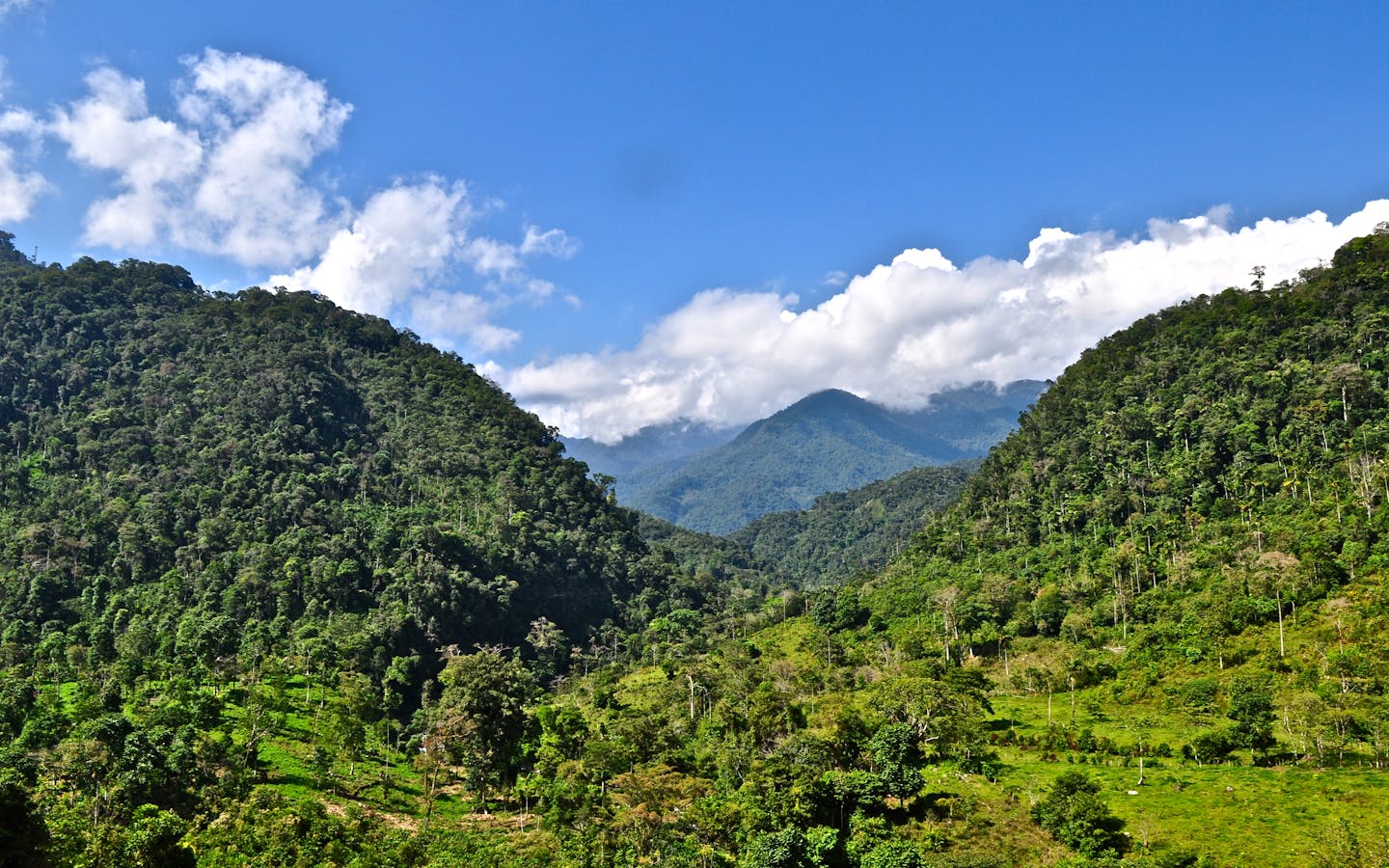National parks and other protected areas are lands or waters set aside to limit certain uses such as mining, fishing or agriculture.
When managed properly, protected areas are an effective strategy for sustaining biodiversity and ecosystem health, and mitigating climate change.
But they are not forever: New research shows that governments around the world have scaled back or eliminated protections for some of these areas — a process called Protected Area Downgrading, Downsizing and Degazettement, or PADDD. These legal changes can jeopardize ecosystems, species, and the people who depend upon them.
What is PADDD?
Protected area downgrading, downsizing and degazettement refers to legal changes that ease restrictions on the use of a protected area, shrink a protected area's boundaries or eliminate legal protections entirely.
Downgrading
A decrease in legal restrictions governing human activities within a restricted area
Downsizing
A decrease in size of a protected area through a legal boundary change
Degazettement
A loss of legal protection for an entire protected area
Where is this happening?
All over the world, protected areas are being affected by PADDD. Conservation International and its partners have documented more than 3,000 enacted cases of PADDD in nearly 70 countries, for a total area of more than 130 million hectares — the size of Peru or South Africa.

Conservation International conducts research to document patterns, trends, causes and consequences of PADDD. Through a better understanding of PADDD, we can take the necessary steps to ensure that protected areas realize their full potential as a strategic tool for conserving biodiversity and mitigating climate change.
For more information
Learn, share and map info on legal changes to national parks and protected areas around the world via PADDDtracker.org.
Twitter: @PADDDtracker
Our research


